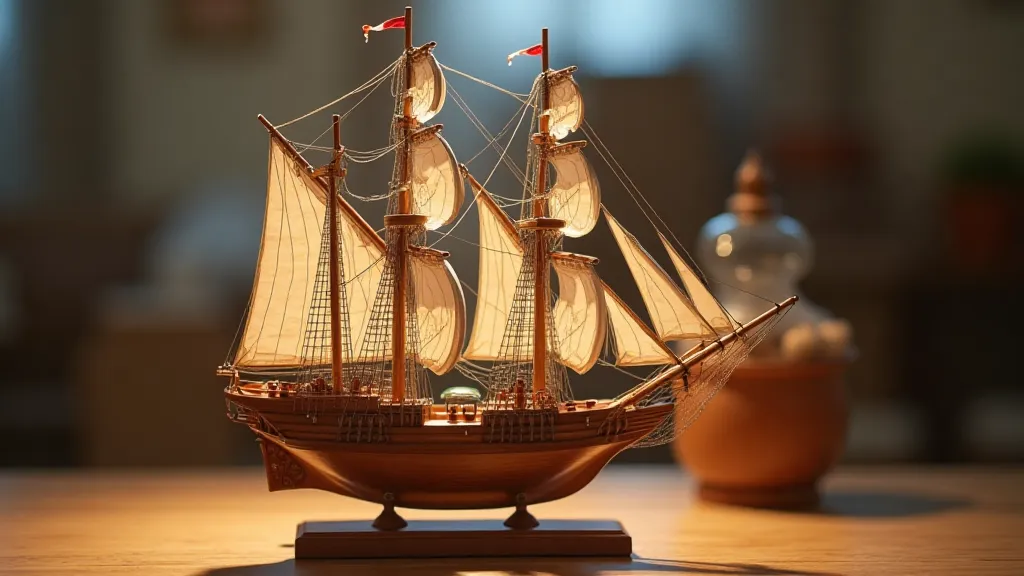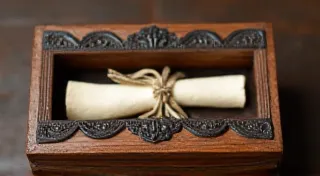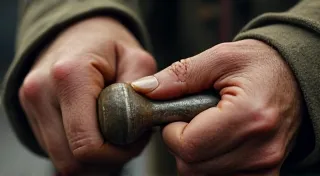The Whispers of the Rivets: Echoes of the Shipwrights
There's a peculiar reverence that settles over me when I’m working on a wooden model ship. It’s not simply the satisfaction of creation, of bringing a form to life. It’s a deeper sense of connection, a feeling of being privy to a long, silent conversation spanning centuries. I hear the whispers of the rivets, the groans of the timber, the rhythmic clang of the mallet – echoes of the shipwrights who, long before I was born, shaped the very world we inhabit. Building wooden models isn’t just a craft; it’s a pilgrimage to the heart of a forgotten skill, a way to honor the generations of artisans who built the ships that defined history.
My own fascination began not with a kit, but with a photograph. A black and white image of the Cutty Sark, her masts defying the grey, churning Atlantic. I was a boy, captivated by the sheer audacity of her design, the romance of her voyages, the inherent fragility and power embodied in those towering timbers. I couldn't fathom how such a thing could be built – or how it could possibly stay afloat. That initial curiosity blossomed into a passion for understanding the process, for appreciating the ingenuity and artistry required to create such vessels.
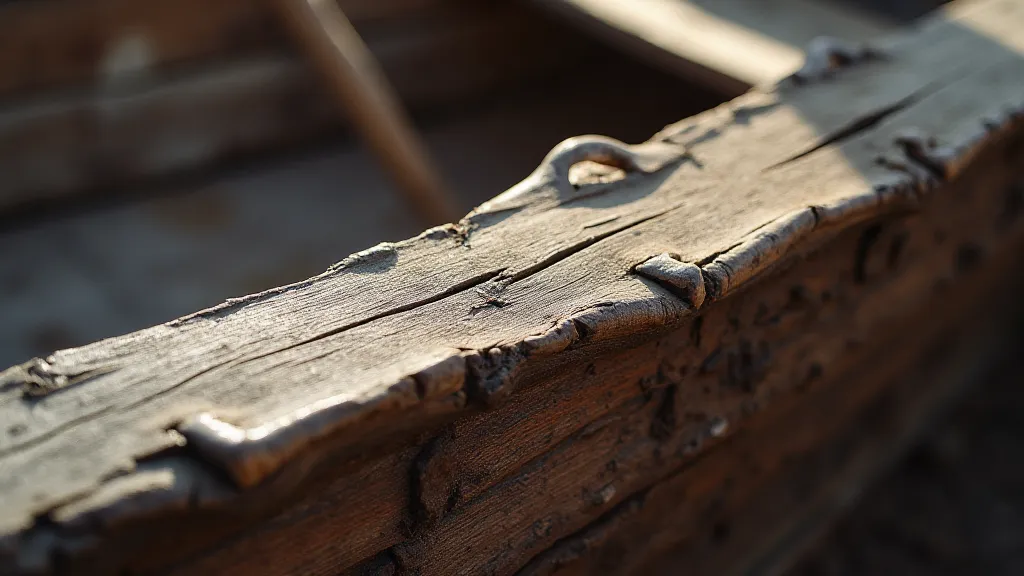
The Art of the Shipwright: More Than Just Wood and Nails
To truly appreciate the craft of building wooden model ships, one must understand the context of the original shipwrights. These weren't just builders; they were masters of their environment. They understood the properties of timber in a way that modern engineers only grasp through complex calculations. Oak, elm, pine – each wood had its purpose, its strengths and weaknesses, dictated by the ship’s design and the waters it would navigate. A 17th-century merchantman, for instance, would be constructed differently than a swift, maneuverable frigate designed for naval warfare.
Consider the challenges they faced. Imagine constructing a vessel of immense size, relying solely on hand tools, scant measurements, and a wealth of accumulated knowledge passed down through apprenticeship. The accuracy required was astonishing. A slight misalignment in the keel, a poorly fitted plank – these could have catastrophic consequences. The margins for error were razor-thin. This wasn't a casual undertaking; it was a matter of life and death, of trade and empire.
The traditions were deeply ingrained. Shipyards operated as complex, self-contained communities, with each member specializing in a particular skill – caulking, framing, planking, rigging. Apprenticeships were rigorous, demanding years of dedicated service before a young man could even begin to wield a plane with confidence. Stories, songs, and rituals were interwoven with the work, creating a sense of belonging and shared purpose. The entire process was a collaborative effort, a testament to the power of human ingenuity and cooperation.
Mimicking the Masters: Techniques and Challenges in Wooden Model Building
Building a wooden model ship allows us to step, however briefly, into the shoes of these master craftsmen. While we benefit from more precise tools and readily available plans, the fundamental principles remain the same. The grain of the wood dictates the direction of the cuts. Each plank must be carefully shaped and fitted, creating a watertight hull that can withstand the stresses of simulated voyages. The process is slow, deliberate, and intensely rewarding.
One of the biggest challenges is replicating the subtle nuances of the original construction. Modern model kits often simplify the process, omitting details that would have been crucial to the ship’s functionality and structural integrity. But by studying historical records, examining surviving ship fragments, and consulting with experienced modelers, we can strive to achieve a higher level of authenticity. This might involve hand-shaping planks, replicating the intricate patterns of treenails (wooden pegs), or meticulously recreating the rigging using traditional knot-tying techniques.
I’s discovered that choosing the right wood is paramount. Balsa, a common choice for beginner modelers, lacks the character and density of hardwoods like mahogany or walnut. While perfectly acceptable for simpler projects, these softer woods don’s capture the feel of a true historic vessel. The weight, the smell, the tactile response – these all contribute to the overall experience of connecting with the past. Finding the right piece of wood – one with a pleasing grain and a suitable thickness – can be a meditative process in itself.
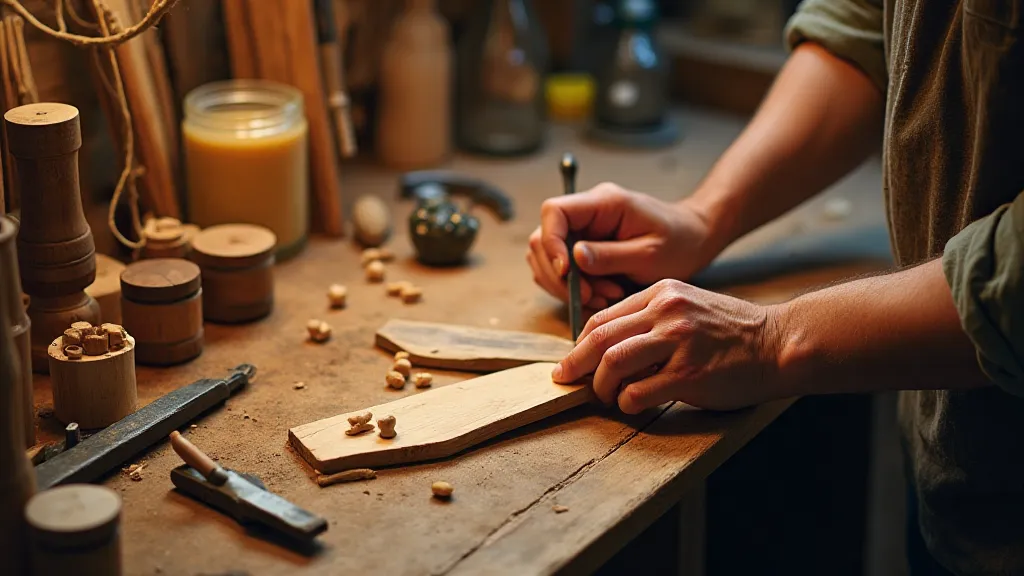
Preserving the Legacy: Restoration, Collecting, and the Future of Wooden Models
The world of wooden model ship building extends beyond simple construction. There's a thriving community of restorers who dedicate themselves to preserving and repairing antique models, often uncovering fascinating details about their original builders and owners. These models aren't just decorative objects; they're historical artifacts, offering a tangible link to a bygone era.
Collecting antique wooden models can also be a rewarding pursuit, but it requires a keen eye and a deep understanding of the craft. Authenticity is key. Many "antique" models are actually reproductions, often made with modern materials and techniques. Researching the model's provenance, examining the quality of the construction, and consulting with experienced collectors are essential steps in the acquisition process. A well-preserved model can become a treasured heirloom, passed down through generations, each owner adding their own appreciation for the artistry and historical significance.
The future of wooden model ship building looks bright. While digital technology continues to advance, there's a renewed interest in traditional crafts and a growing appreciation for the value of handmade objects. The tactile experience, the connection to history, the sense of accomplishment – these are things that digital reproductions simply can't replicate. By continuing to learn from the masters, by sharing our knowledge with others, and by embracing the challenges of this demanding craft, we can ensure that the whispers of the shipwrights continue to resonate for generations to come.
It is in these quiet hours, surrounded by shavings and the scent of wood, that I feel closest to those long-dead artisans. I hear their hammers striking, their voices echoing, their legacy living on in every plank, every spar, every meticulously tied knot. And I realize that building a wooden model ship isn't just a hobby; it's a way of keeping their memory alive.
